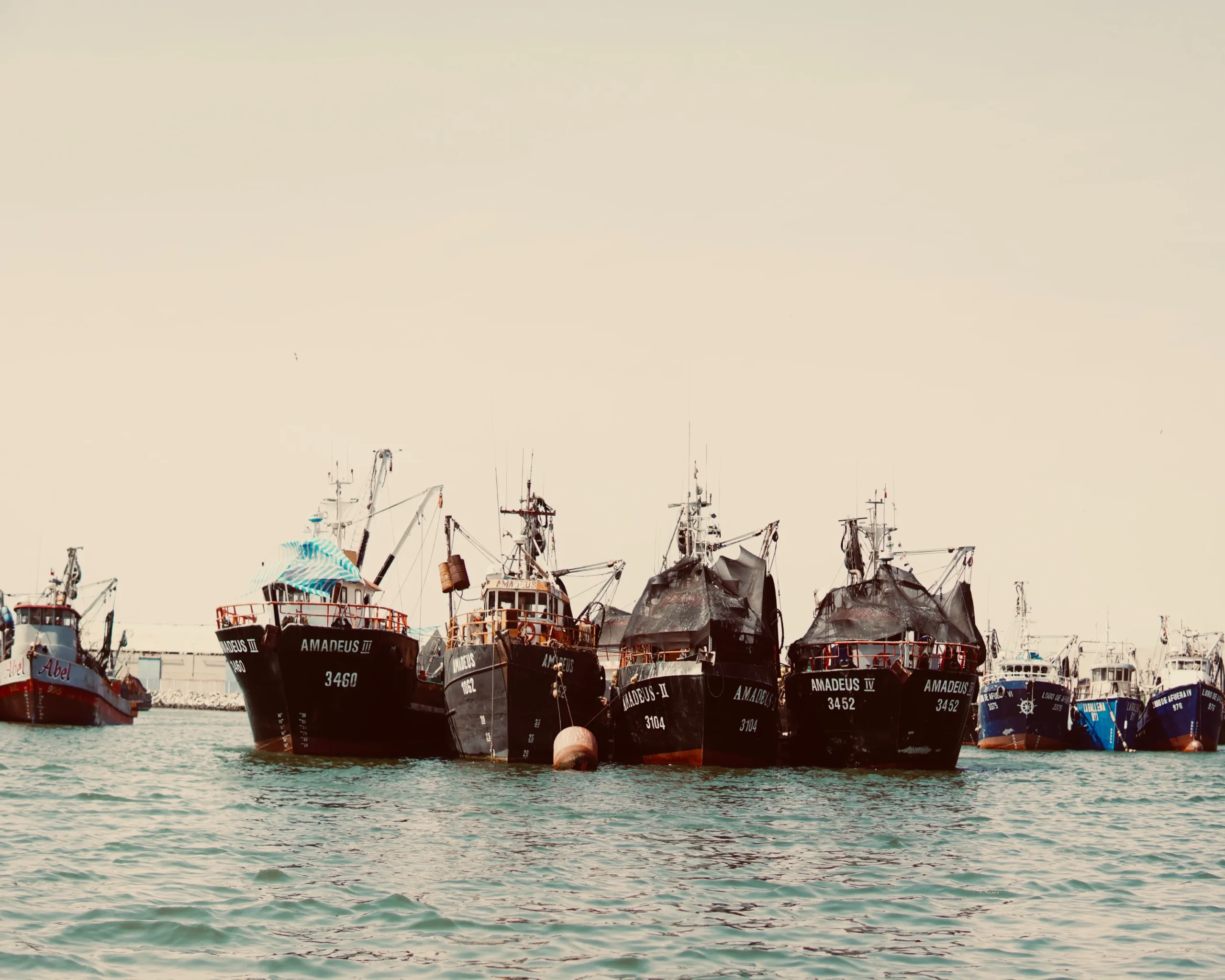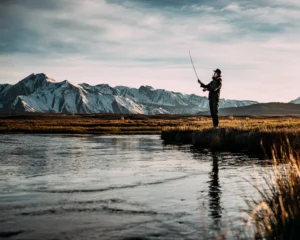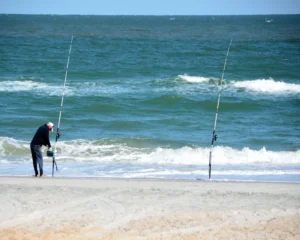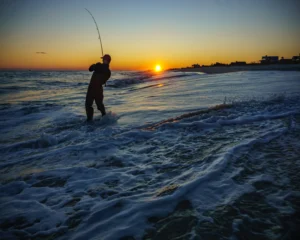Read in Urdu Language Click Here.
Bottom Trawling:
Bottom trawling is a fishing method that involves dragging a large net, known as a trawl, along the seafloor to catch fish and other marine organisms that dwell near the bottom. This method is commonly used in both commercial and industrial fishing to target bottom-dwelling species.
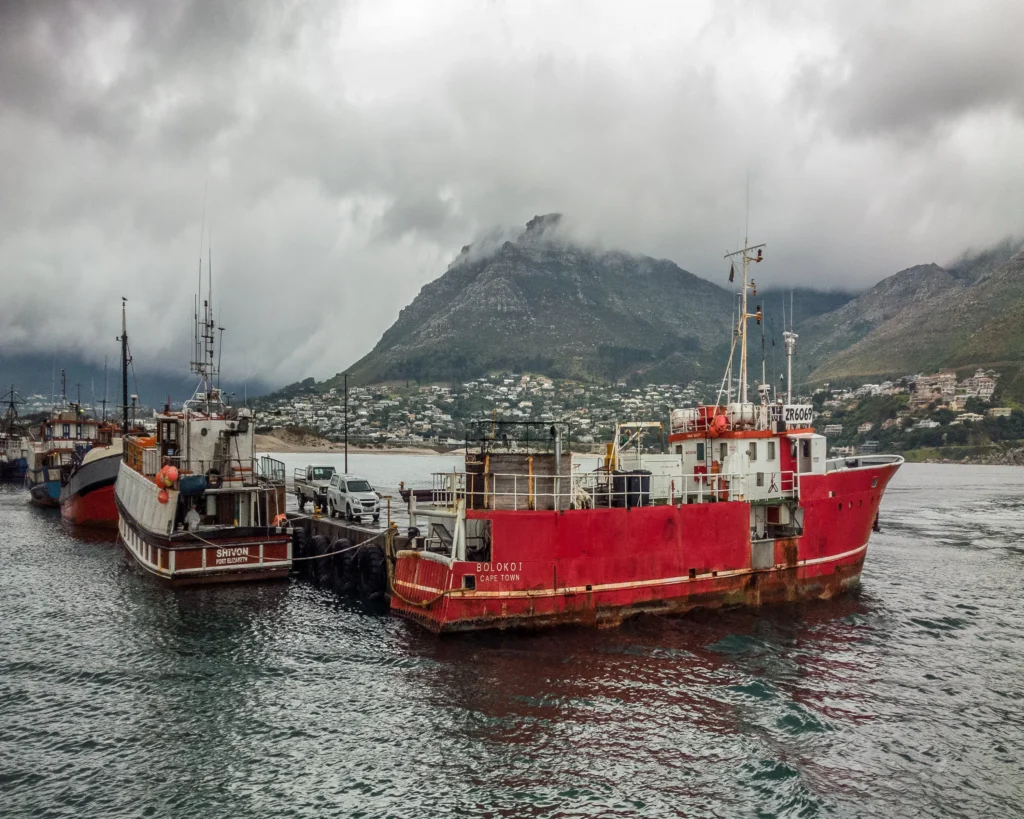
Here are key aspects of bottom trawling:
-
Trawl Design:
The bottom trawl is a large net with a wide mouth and a cone-like shape. It is designed to be dragged along the seafloor, capturing fish and other organisms in its mesh.
-
Trawl Doors:
Trawl doors, also known as otter boards, are used to keep the mouth of the trawl open as it is towed through the water. These doors help maintain the desired spread of the net and ensure that the trawl covers a wide area.
-
Trawling Process:
Bottom trawling involves towing the trawl along the seabed using a fishing vessel. The net is dragged across the bottom, collecting fish and other marine life in its path.
-
Target Species:
Bottom trawling is often used to target bottom-dwelling species such as flatfish, cod, haddock, shrimp, and other demersal fish. The choice of target species influences the design and size of the trawl.
-
Bycatch and Habitat Impact:
One of the main concerns associated with bottom trawling is the potential for bycatch, where non-target species are unintentionally caught. Additionally, the dragging of heavy gear along the seabed can lead to habitat disturbance, impacting benthic ecosystems and organisms.
-
Environmental Impact:
Bottom trawling has raised environmental concerns due to its impact on seafloor habitats, including coral reefs, sponge beds, and other sensitive ecosystems. The physical contact of the trawl with the seabed can result in habitat destruction and alterations to the structure of the seafloor.
-
Regulations and Restrictions:
Many countries and international organizations have implemented regulations and restrictions on bottom trawling to mitigate its environmental impact. These may include area closures, gear restrictions, and seasonal bans in certain regions.
-
Technological Innovations:
Some efforts have been made to develop technological innovations to make bottom trawling more selective and reduce its impact on the seafloor. This includes the development of gear modifications, such as rollers and rockhopper gear, to minimize contact with the seabed.
-
Sustainability Practices:
Sustainable bottom trawling practices aim to minimize bycatch, reduce habitat impact, and promote the long-term health of fish populations. Some fisheries have adopted more selective gear types or modified their fishing practices to align with sustainability goals.
-
Research and Management:
Ongoing research and effective fisheries management are crucial for understanding the impact of bottom trawling on marine ecosystems and developing strategies to ensure the sustainability of fisheries that use this method.
Despite its efficiency in capturing target species, the environmental impact of bottom trawling has led to increased awareness and efforts to balance the economic benefits of fishing with the need to protect marine habitats and biodiversity. Sustainable practices, technological innovations, and effective management are essential for addressing the challenges associated with bottom trawling.
Read in Urdu Language Click Here.

